Photography basics 01: What is shutter speed
In this post we will discuss shutter speeds, why getting the right shutter speed is essential and what shutter speeds work well in different circumstances. As shutter speed is one of the 3 key components to controlling exposure, you may also want to read my other posts for aperture and ISO.
What is shutter speed?
Shutter speed is one of the simplest parts of the exposure triangle to explain, as it is simply the length of time that the shutter is open on your camera. Different camera’s have different ranges of shutter speeds, but most go from roughly 1/4000th of a second to 30 seconds. Nearly all modern cameras also have a bulb function. This is a setting which allows the shutter to remain open for as long as the button is held down for. If you are planning on using the bulb feature it is a good idea to buy a gadget for you’re camera that allows you to hold down the button without actually touching the camera, as touching the camera (even just holding down the button) can result in movement and give a blurred image.
When setting a shutter speed on your camera it is good to note that a lot of camera’s use abbreviations, 1/125th of a second will be displayed as 125, 5 seconds would instead be shown as 5”, bulb will usually be displayed as (b).
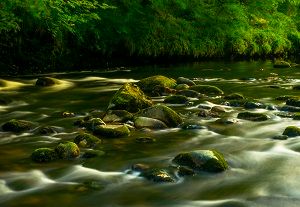.jpg)
Why is getting the correct shutter speed so essential?
As explained above, a long shutter speed can cause blurriness of your images, this is because all the while the shutter is open, the camera sensor is recording what is in front of it. If the camera moves while the shutter is open, even by a fraction of a millimetre, this will make your photo appear blurry because what is in front of the camera was essentially in two different places while the sensor was recording.
Different situations require different shutter speeds, but to keep it as simple as possible, if you are having trouble working out what the slowest shutter speed you should be using is, take the focal length of your lens and double it. This means that for a 30mm lens you should not be shooting hand held slower than 1/60th of a second, for a 125mm lens you shouldn’t be shooting slower than 1/250th of a second. If you are using a variable lens I.e a lens that expands, then it is harder to keep an eye on your focal length, in general it is good practice to not shoot below 1/125th of a second and never try shooting below 1/60th of a second.
If need to take photo’s at a slower shutter speed than you can safely take without blurriness then you need to be using a tripod or resting the camera on a stable surface. There are many different types of tripods out there, but if you are looking for a good tripod you can check out my equipment here.
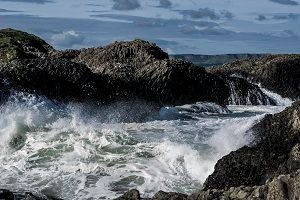
What are the effects of changing shutter speed?
Now for the fun part, we’ve talked about when you can’t use a certain shutter speed, but what about all these cool effects you’ve seen online? Playing with different shutter speeds can give you many different effects, you may want to blur running water by using a slow shutter speed, to give it a soft smoke-like effect.
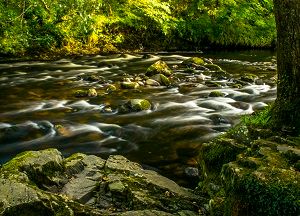
What about one of those images of a slice of fruit dropping in to a glass of water? For that your going to want a pin sharp image to capture all the water droplets and ripples, which requires a very fast shutter speed
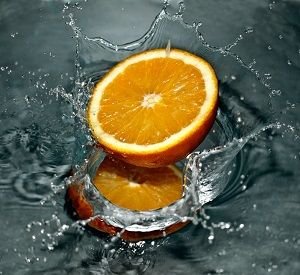.jpg)
How about a racing car? One of those photo’s where the car is in focus but the background is blurred? For this we use a technique known as panning, we’ll go in to this technique in more detail in a later post, but for now, panning is simply taking a photo at a slower than normal shutter speed while moving your camera to follow the fast moving object.
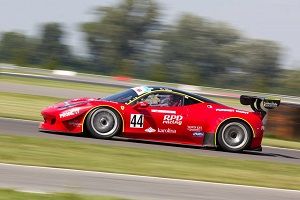.jpg)
Summary
First, work out what you are trying to photography, is it a low or fast moving object
Secondly, decide what affect you want to give the image, do you want it pin sharp, or soft and flowing.
Always use a tripod or stable surface when shooting below 1/60th although try not to shoot handheld below 1/125th
Below I will list a few situations when you may want fast or slow shutter speeds
Instances where you would need a SLOW shutter speed
Some animal photography like birds
Water falls
Trying to capture water droplets
Stars moving at night
Instances where you would need a FAST shutter speed
Sports
Panning
Shattering objects
Capturing light trails
@originalworks
The @OriginalWorks bot has determined this post by @icguides to be original material and upvoted it!
To call @OriginalWorks, simply reply to any post with @originalworks or !originalworks in your message!
These posts are very helpful!
Upvote my post and follow my channel so I can do same
https://steemit.com/@rafalklimsiak
If you want me to upvote your post make sure to add hashtag
#upvoteforupvote